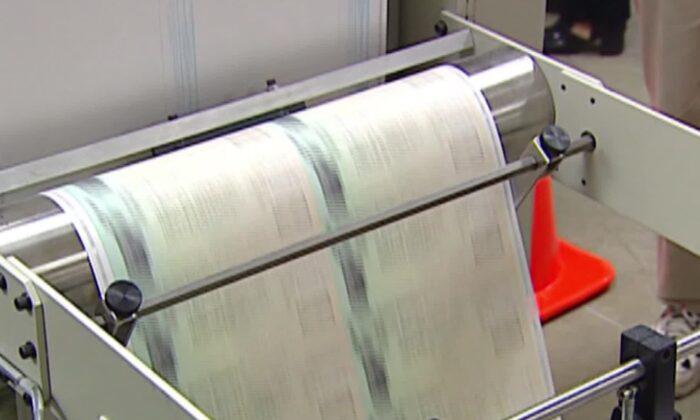As the Internal Revenue Service continues to send out stimulus payments, President Donald Trump touted the agency’s Get My Payment tool this week on Twitter, telling people to click “to receive your money FAST.”
After inputting some basic information, the tool can tell users when their payment is scheduled and how it will arrive. It also lets people update bank account information so that the IRS can send a direct deposit rather than a check, speeding up the payment process.
The IRS has sent 122 million payments for a total of $207 billion, according to the National Taxpayer Advocate service. But that leaves about 28 million people who are still waiting.
Some people who have used the Get My Payment tool are frustrated after receiving a cryptic status message and have no one to call for help since the agency shut down its call center during the pandemic. The tool is updated daily, so it’s worth checking back.
‘Payment Status Not Available’
There are several reasons you might be getting this vague message.First, it might mean you don’t qualify because you make too much money. Undocumented workers, including those who pay taxes with an Individual Taxpayer Identification Number, are also ineligible, as well as anyone who can be claimed as a dependent for tax purposes, like many college students.
But it could simply mean the IRS is still processing your 2019 tax return, or the non-filer form you submitted online in order to get the stimulus payment, the agency says on its website.
It may also mean that the IRS hasn’t added your data to the tool yet. Notably, people who receive Supplemental Income or Veterans Affairs benefits will likely get this message because their information was not uploaded to the tool. They will likely be sent their money later in May.
‘Need More Information’
This message is better news. At the least, it means that you do qualify for a payment.But the IRS does not have your bank account information on file and the tool will prompt you to input that information. If you don’t, a paper check will be sent to you to an address the agency has on file from a 2019 or 2018 tax return.
Some people are receiving an error message when they attempt to add their bank account information because the tool is not recognizing their address or adjusted gross income, which it requires to verify who you are.
The IRS suggests checking your most recent tax return to make sure the data matches, as well as trying a different way to type in your street address. For example, try “123 North Main St” instead of “123 N Main St.”
You’re Eligible, But no Payment Date is Available
For some people, the tool confirms that they are eligible but a payment date hasn’t been scheduled yet.Your Money Was Sent to an Old Bank Account
For some, the tool says that your money was sent—but it went to an old bank account that is now closed. In that case, the bank should be returning the money to the IRS, which will then send you a paper check to the address on file from a 2019 or 2018 tax return.Your payment status will be updated with a new date once the agency receives the money back.
Who’s Not Eligible?
Eligibility is largely based on income, and it excludes individuals earning more than $99,000, head of household filers with one child who earn more than $136,500, and married couples without children earning more than $198,000.Families earning a little more may still be eligible if they have children. The phase-out limit depends on how many children they have. For a typical family of four, the amount is completely phased out for those with incomes exceeding $218,000.




